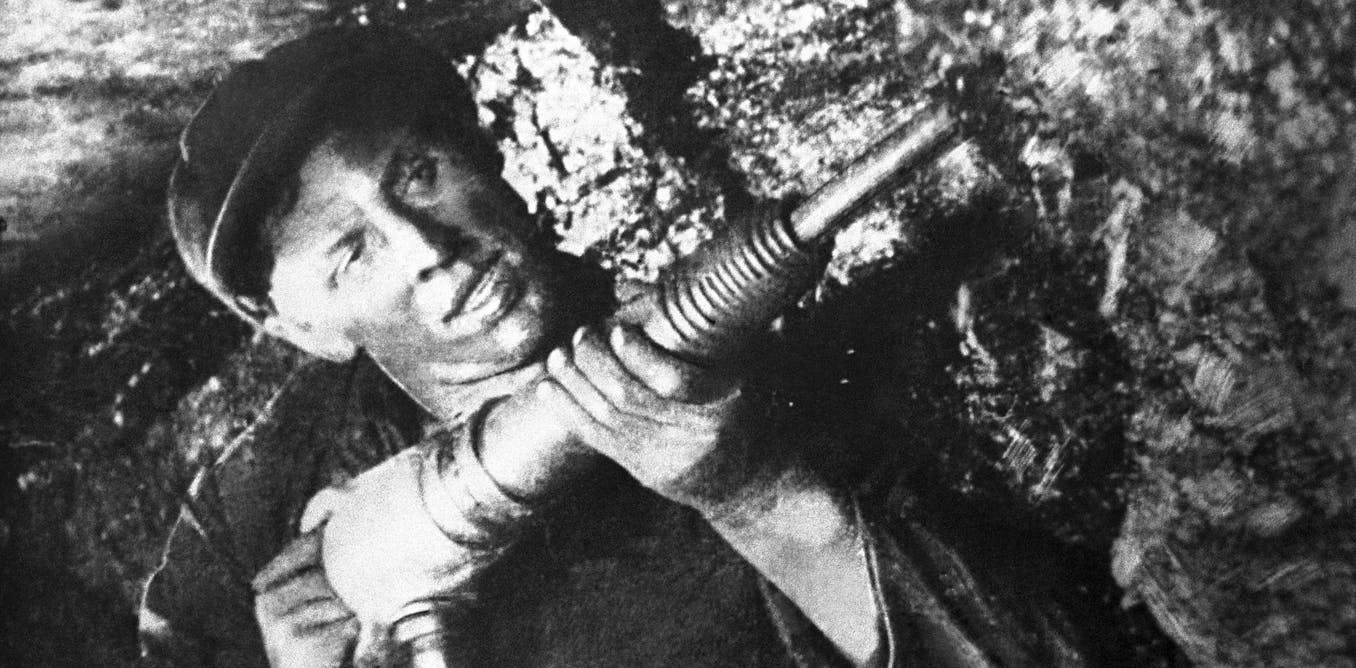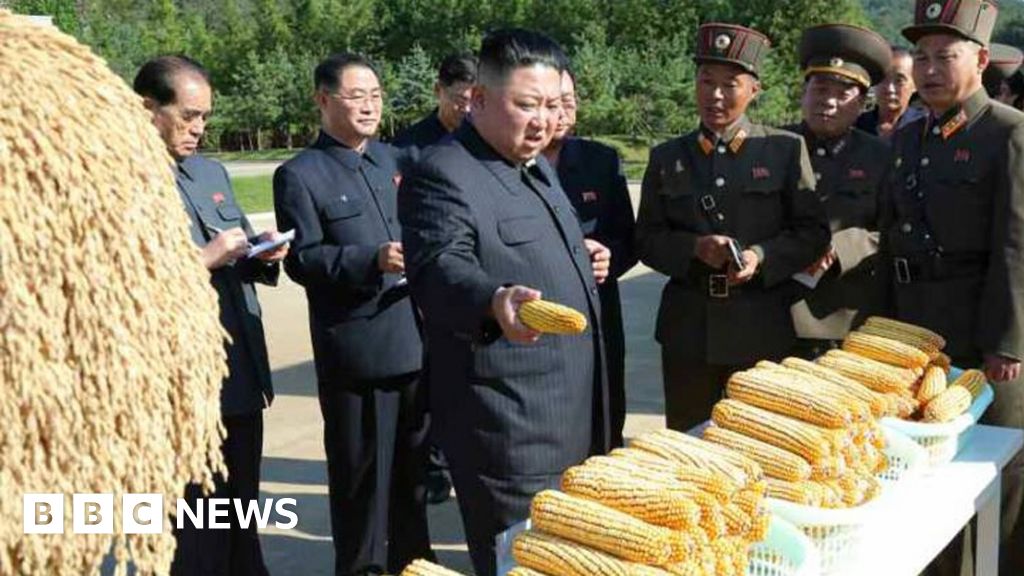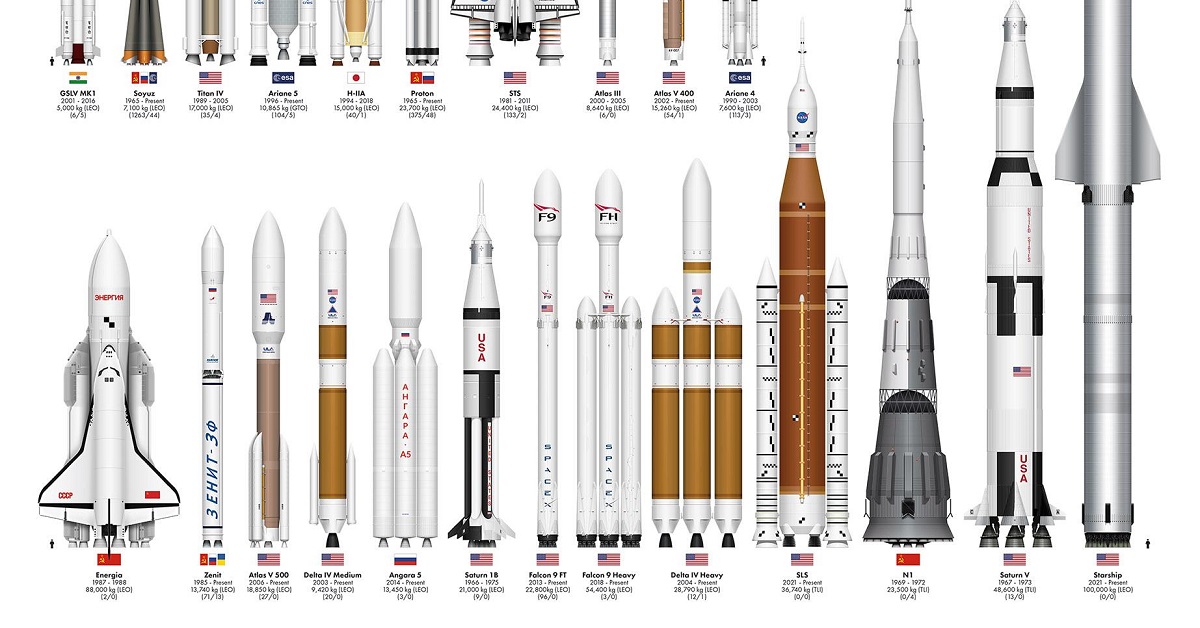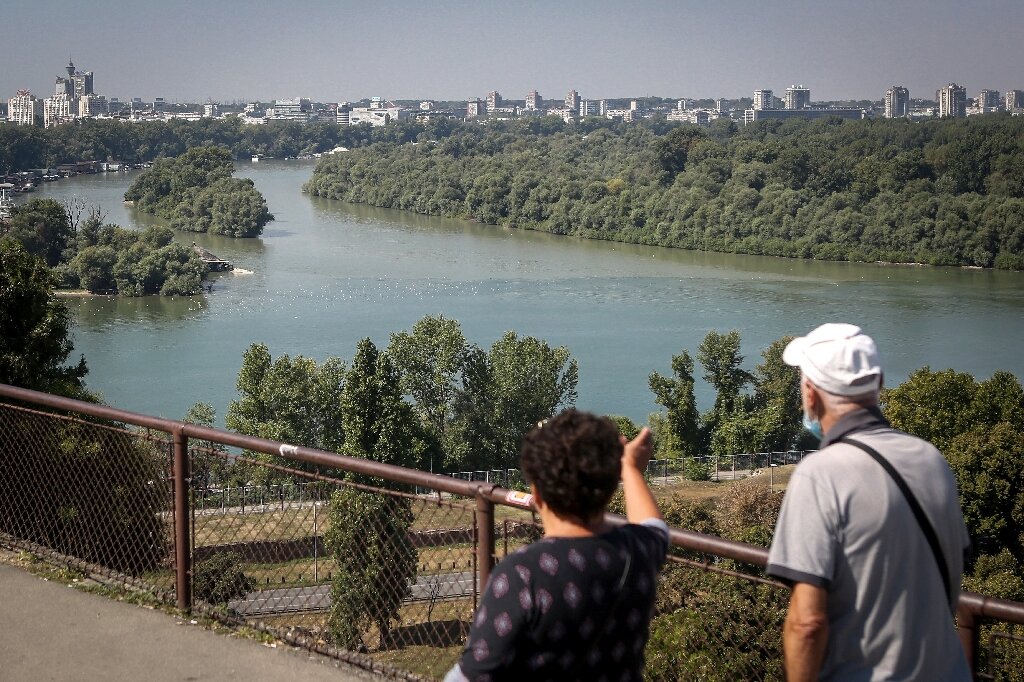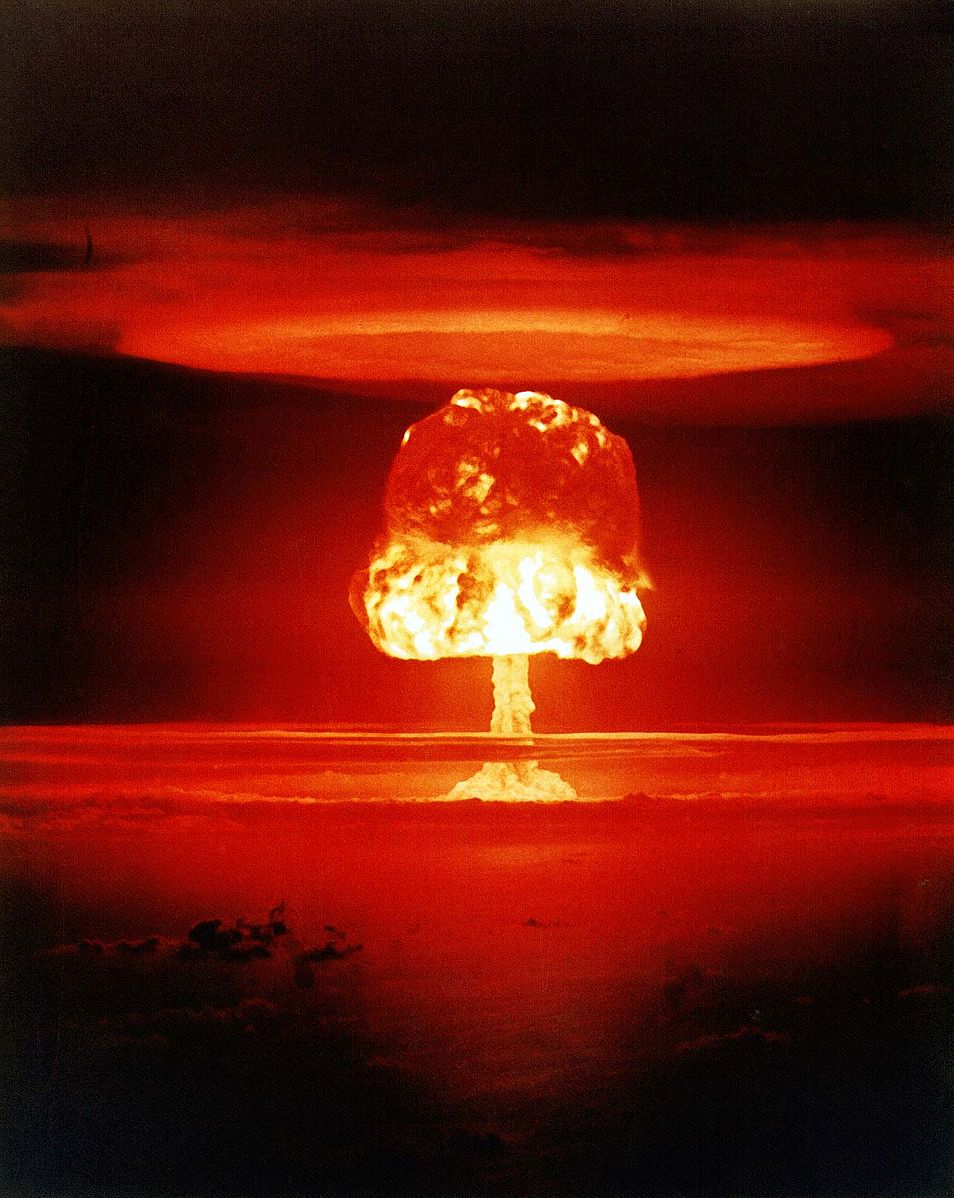Political Famines in the USSR and China: A Comparative Analysis
Andrea Graziosi; Political Famines in the USSR and China: A Comparative Analysis. Journal of Cold War Studies 2017; 19 (3): 42–103. doi: https://doi.org/10.1162/JCWS_a_00744
This article offers a comparative study of the domestic and international dimensions of two calamitous famines in Communist countries: one in the USSR engendered by Iosif Stalin's Great Turning Point (1928–1934) and the other in the People's Republic of China in connection with Mao Zedong's Great Leap Forward (1958–1962). The article traces the historical roots of these catastrophes and explains how Sino-Soviet interactions affected the genesis of the famine in China. It also discusses the long-term consequences of these avoidable tragedies, comparing their impact on subsequent Soviet and Chinese history. A close look at the evident affinity between the famines opens new and at times unexpected vistas, which allow us not only to get a better grasp of each event in its own specificity but also to shed new light on fundamental questions.
This article provides a comparative analysis of two of the twentieth century's largest political famines, which deeply influenced the history of the two largest Communist states, as well as—albeit indirectly—their posture and behavior in the international arena.1
